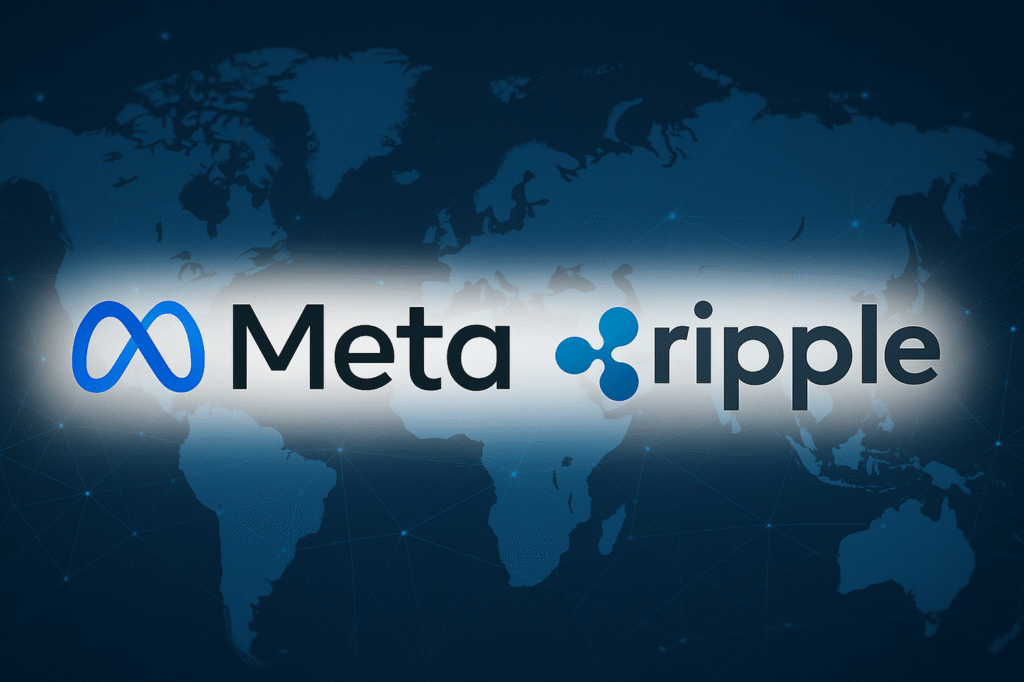In the intricate web of global finance, Ripple has quietly but strategically laid the foundation for a paradigm shift. By initiating a methodical integration of its technology within existing financial systems, Ripple aims not to displace but to enhance the current infrastructure. This approach is a testament to Ripple’s vision of becoming an integral part of the financial ecosystem without disrupting the established order.
The company’s deliberate expansion through strategic acquisitions and collaborations signifies a calculated effort to solidify its presence and influence across various financial functions. As we delve deeper into Ripple’s journey, you’ll discover how this strategic insertion is shaping the future of finance, echoing the strategies of tech giants while embracing the legacy systems of today.
The Strategic Blueprint of Ripple: Integration Over Disruption
Ripple’s Strategic Acquisitions and Their Implications
Ripple’s calculated acquisitions, including Metaco and Standard Custody, showcase its ambition to cover all facets of financial transactions, from brokerage to stablecoins. As highlighted by Dom Kwok during a discussion on the Paul Barron Show, these moves are part of a broader strategy to weave Ripple’s technology into the very fabric of financial infrastructures globally. By acquiring Hidden Road and Rail, Ripple extends its reach to brokerage and treasury solutions, thereby positioning itself as an indispensable partner for financial institutions.
Following the Tech Titans: A Strategic Analogy
Ripple’s approach mimics the acquisition strategy of tech giants like Meta. Just as Facebook expanded its influence by acquiring Instagram and WhatsApp, Ripple is integrating diverse elements to create a cohesive financial ecosystem. This analogy underscores Ripple’s method of remaining mostly invisible to users while radically transforming the backend processes of financial operations.
Understanding ‘The Ripple Plan’
During his conversation with Paul Barron, Phil Kwok elucidated Ripple’s approach as one that builds upon existing financial systems rather than vying for their elimination. This philosophy aligns with Ripple’s longstanding commitment to collaborate with banks, emphasizing interoperability over disruption. Phil Kwok articulated that Ripple’s strategy is not just opportunistic but a coherent long-term vision to integrate its technology with financial incumbents seamlessly.
What Drives Ripple’s Long-term Strategy?
The cornerstone of Ripple’s strategy is its commitment to leveraging existing infrastructures. By fostering partnerships with banks and financial institutions, Ripple seeks to facilitate smoother transitions into decentralized technology for its partners, ensuring sustainable growth and adaptation.
How Do Ripple’s Acquisitions Support Its Vision?
Each acquisition is a tactical move to cover different aspects of the financial industry, from custodial services to cross-border payments. By embedding itself in diverse financial services, Ripple ensures that its technology can support and enhance traditional financial operations worldwide.
What Are The Potential Risks With Ripple’s Strategy?
While Ripple’s strategic integration offers numerous advantages, it also involves navigating regulatory challenges and potential resistance from incumbents hesitant to adopt blockchain technology. Continuous adaptation to regulatory changes is crucial for Ripple’s sustained success.
Is Ripple’s Approach a Prototype for the Future of Financial Systems?
Ripple’s blueprint presents a prototype for modern financial systems aiming for seamless technology integration without causing major disruptions. This model, focusing on collaboration and incremental adoption, could guide other entities seeking to innovate within the financial sector.
XRP, Ripple’s native cryptocurrency, remains a vital component of this ecosystem, offering liquidity and facilitating transactions. At the time of writing, XRP is trading at $2.40, reflecting its utility and potential amidst evolving market dynamics. The foresight with which Ripple navigates its journey is evident in its climbing market presence and the solidifying of its role within global financial systems.

